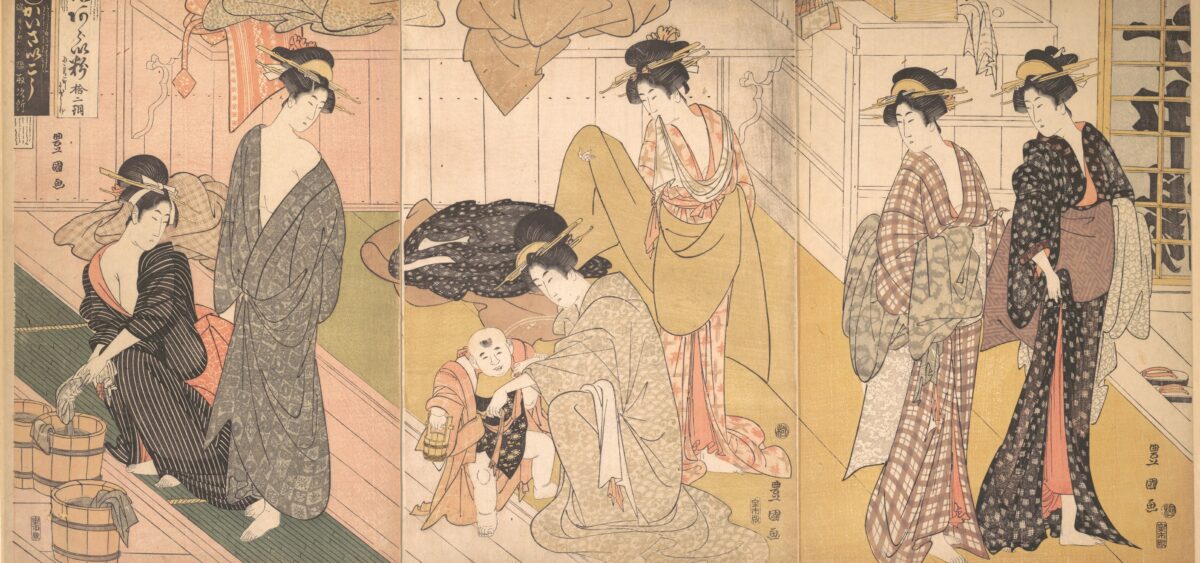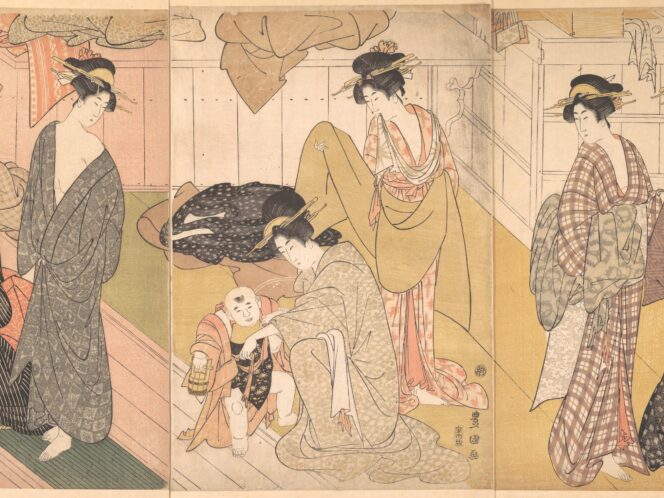
In Japan, a country rife with contradictions, touch is considered the most important of all the senses. This is despite the fact that touch is decidedly absent from the public sphere.
When I visited Tokyo 15 years ago, my long-time friend Michiko invited me to dinner. The train running from the city centre to Saitama, Tokyo’s one million-strong commuter town, was massively delayed. When I finally reached the tiny flat of Michiko, her husband Satoshi and their two children, it was so late that they both exclaimed: “You must stay the night!” And so I stayed. After dinner, Satoshi poured us a glass of a home-made distillate of salty, fermented umeboshi plums. Michiko disappeared with the children in a small bathroom, in front of which there were two rows of soft, textile slippers.
“I’ve run the bath!” she finally shouted from afar. Satoshi brought me a towel, and suddenly I found myself in a steamy bathing room with Michiko’s two naked children. She explained that families bathing together in a tall wooden tub, the so-called ofuro, was a classic Japanese custom. “But we cannot possibly all fit in!” I protested, in an attempt to hide my real fear: that I would be forced to enter the








